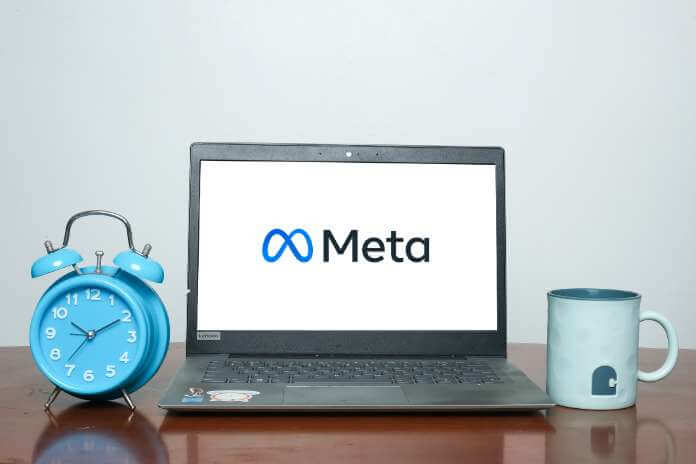While Apple (AAPL) struggles to deploy its first mixed reality gadget, Meta Platforms (NASDAQ:META) plans to ship its next VR device in October. The tech titan is suddenly gaining traction in a product range that has mostly gone unnoticed by the stock market. My investment thesis remains extremely optimistic about the company following the enormous selloff caused by ad market jitters. At the same time, the tech giant maintains a dominant position in the Metaverse, particularly with headsets.
A Significant Advance
With the successful Quest 2 on the market, Meta already has a commanding lead in the AR/VR device industry. According to CEO Mark Zuckerberg on the Joe Rogan Experience podcast, the Quest Pro (codename Project Cambria) will be released in October. The information indicates that the corporation has an active project list for the following three years, with more Quest 2 versions in 2023 and 2024, followed by the second edition of Quest Pro in 2024. Meta also has ambitions for AR eyewear and wrist-worn neural input devices.
In other words, Meta has big aspirations for Metaverse hardware, including basic and Pro VR devices, AR glasses, and a watch, similar to how Apple offers several iPhone models and form factors. The new Quest Pro devices are expected to cost at least $799 and maybe up to $1,500 for the kit, which includes the headset, controllers, charging pad, and connections, which is significantly more than the initial $299, now $399, pricing of the Quest 2.
Given Apple’s decision to delay the debut of their gadget until 2023, the market will get its first indication of demand for a premium VR headset. Apple analyst Ming-Chi Kuo has previously predicted that the device will not be available until 2023, with a price tag that will exceed $1,000 and perhaps reach $2,000.
The move gives Meta an intriguing advantage in the Pro/premium headphone segment. Apple is well-known for waiting for a perfect hardware product before dominating the competition. Yet, the corporation has almost never faced a competitor willing to spend billions to beat Apple to the market.
According to Zuckerberg, the new Meta Quest Pro gadget, set to be released in October, will have some exciting new capabilities, such as new social possibilities enabled by eye and face tracking. The critical issue is whether these additional capabilities will entice enough people to pay up to $1,500 for the gadget. IDC reports that Meta has sold approximately 15 million Quest 2 headsets. The price is $299. From Q4’20 through Q1’22, the gadget would have produced $4.4 billion in revenues for the corporation.
As mentioned by UploadVR, several data indicators indicate that this figure might be correct. From Q4’20 to Q4’21, Meta only made $3 billion in sales for the Reality Labs segment, followed by another $0.7 billion in Q1’22. The numbers don’t makeup, mainly because Meta offered a higher-end version for $399. In addition, the firm generates income via Quest Apps, with client expenditure exceeding $1 billion, and Horizon Worlds. The firm doesn’t give much information, but the data points imply that the headsets generate most of the income.
With a new gadget on the market this Christmas season to go along with the existing Quest 2, Meta will have a significant lead in the AR category. When paired with the anticipated introduction of the Quest 3 in 2023, the business will have the platform selection to fuel growth, especially given Apple’s lack of a base product.
The new headset’s pricing points and time-to-market advantage against Apple might significantly boost Meta. In addition, the departure of the Horizon platform’s head is something to keep an eye on. Still, the Metaverse VP remains with the firm, minimizing the danger of a critical individual leaving.
Just A Bonus
As the table above shows, any AR device-related revenues are now a bonus to the firm. Reality Labs as a whole only account for 2% of Meta’s overall income. The key to Quest Pro sales this Christmas season is to reduce the company’s enormous losses. Meta has a strong portfolio in the sector. Still, the business has to double and triple its December holiday quarter sales of $877 million to make a significant hole in the unit’s $3.3 billion quarterly deficit.
Meta has already trimmed expenditures in Reality Labs to rein in some very foolish spending. Despite revenues of $452 million, up 50% year on year, the unit only lost $2.96 billion in Q1’22, followed by $2.8 billion in the final quarter. As previously mentioned, Meta barely trades at 14x the $11+ EPS goal for 2023. With the corporation not focusing on profit optimization and Reels being far from complete monetization, the EPS number has a lot of potential improvements. The company is trading at its lowest forward multiple since coming public. AR/VR gadget competitors are trading at 25x projected EPS estimates.
It’s also worth noting that Apple has more than three times the sales target for FY23, diminishing the significance of any achievement in this sector. Meta is far more likely to see sales affect the firm. In contrast, Apple might sell $5 to $10 billion in AR gadgets next year, and shareholders would barely notice the difference.
Takeaway
The primary investor takeaway is that Meta is preparing for a significant Quest Pro launch in October. A significant delay by Apple might leave Meta with no competition for another festive season. In addition, the stock remains inexpensive, and future success with AR/VR devices is not included in the current stock price, offering a significant catalyst this Christmas season.
Featured Image : Megapixl © Najmi9590











